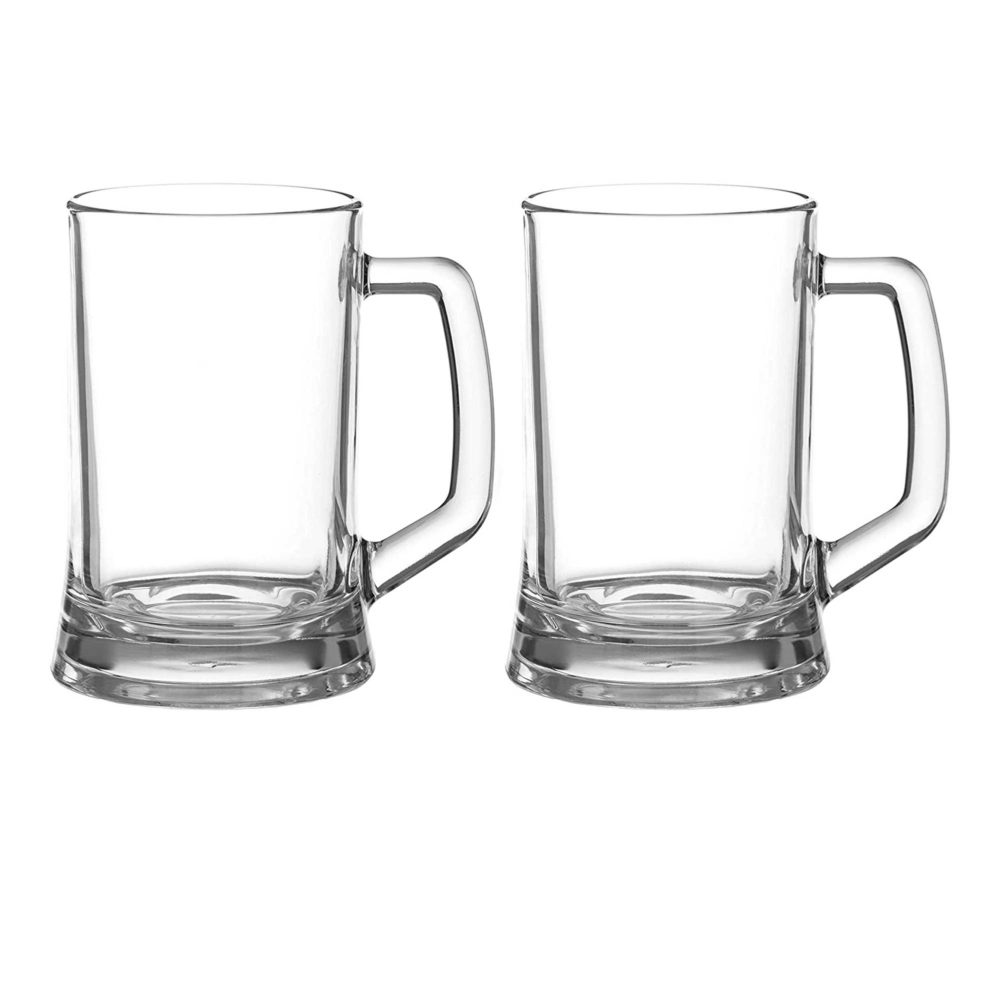The California Wine Scene: California boasts a vibrant and diverse wine scene that is characterized by its sheer scale and variety. With 139 American Viticultural Areas (AVAs) spread across over 800 miles, this state is the dominant producer of wine in the United States, accounting for a remarkable 81 percent of the country’s total wine production. The state’s wine regions extend from the tiny Seiad Valley near the Oregon border to the expansive South Coast AVA, which reaches as far south as Mexico. To truly understand California wine, one must appreciate its remarkable geographic and climatic diversity, which allows for the cultivation of a wide array of grape varieties and wine styles.
The history of winemaking in California dates to 1779 when Franciscan missionaries, led by Spanish Father Junípero Serra, established California’s first vineyard at Mission San Juan Capistrano. This historical event laid the foundation for California’s modern wine industry, which has since evolved and flourished into a globally recognized wine-producing region.
There’s a common perception that California wines are more “fruit-forward” compared to their French counterparts, which are often characterized as more complex and dry. While such generalizations may hold some truth, it’s important to note that California’s wine scene is incredibly diverse. The state produces wines of various styles, from bold and fruity Cabernet Sauvignon to elegant and nuanced Pinot Noir. Additionally, winemaking techniques and styles have evolved over the years, making it difficult to make sweeping generalizations about California wines as a whole.
The alcohol content in wine is closely tied to the ripeness of the grapes and the amount of sugar they contain. In California, where optimal growing conditions abound, grapes can fully mature and ripen. This often results in higher sugar levels, which, when fermented, lead to wines with higher alcohol content. The abundance of sunshine and warm climates in many California wine regions contributes to this trend, producing wines that are richer and fuller in body.
 Classic Champagne Flutes - Set of 2
Classic Champagne Flutes - Set of 2
 Silhouette White Wine Glasses Adorned with Swarovski® Crystals - Set of 6
Silhouette White Wine Glasses Adorned with Swarovski® Crystals - Set of 6
 Claudia Brandy Glasses - Set of 6
Claudia Brandy Glasses - Set of 6
 Broadway Whisky Decanter
Broadway Whisky Decanter
 Auris Margarita Cocktail Glasses - Set of 4
Auris Margarita Cocktail Glasses - Set of 4
 Pair of Beer Mugs - Set of 2
Pair of Beer Mugs - Set of 2











